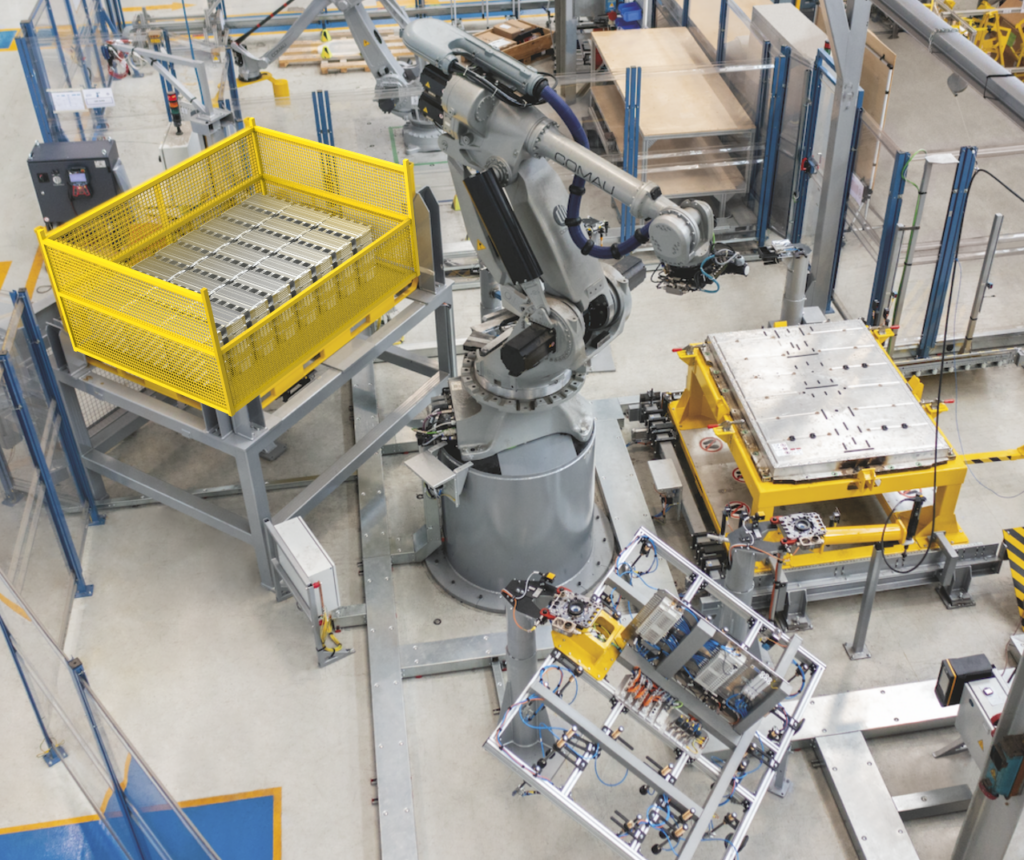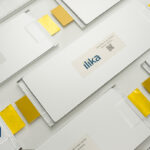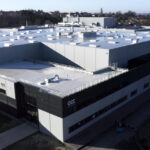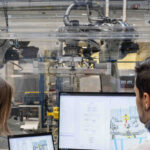ASIA ELECTRONICS INDUSTRYYOUR WINDOW TO SMART MANUFACTURING
Comau Develops Automated System for Battery Recycling
Comau renews its commitment to the EU’s Flexible Battery Dismantling (Flex-BD) project for the second year. This aims to help deliver a fundamental pillar on the path toward a truly circular economy.
Flex-BD is a robotized system that automates the entire process of dismantling worn-out electric batteries. Specifically, it uses a highly flexible, repeatable, and standardizable process. Now, having validated the proof-of-concept, Comau expands the scope to include second-life repurposing of automotive batteries. In doing so, Comau, in collaboration with other partners within the EU EIT Manufacturing community, takes an important step towards greater sustainability within eMobility.

Comau estimates that the EU could easily have over 1 million discarded batteries for reuse by 2030. This is based on the predicted electric battery production volumes within Europe over the next several years. To this end, Comau is helping anticipate what it believes will be a growing market demand for powerful electric battery recycling and repurposing solutions. In tandem, it will enable businesses to reduce waste and optimize the reuse of raw materials contained within battery packs.
Efficient and Sustainable Recovery of Battery Modules
Generally, Flex-BD represents a significant improvement to manual handling processes that often include repetitive and heavy tasks in addition to contact with potentially harmful substances. Therefore, it makes the recovery of battery modules and their components more efficient and sustainable while having a positive impact on workers’ health and safety. On the other hand, with second-life battery repurposing, the fully automated manipulation of low-charge batteries minimizes risks to both operators and the dismantling equipment. Unlike the materials recovery and recycling process, in which the battery is completely discharged and destroyed, second-life battery repurposing is done while maintaining a low but active battery charge.
The way the Flex-BD cell works is as intuitive as it is innovative. One by one, battery packs are introduced into the specialized cell where a high-payload Comau NJ industrial robot automatically executes its path and changes its end-effectors based on the required application. In a typical recycling application, for example, the robot unscrews the battery cover. Then, it changes grippers to remove the cover and re-attaches the screwdriver to unscrew the modules. Finally, using its gripper, it moves the pieces to a dedicated storage area.
Moreover, Flex-BD is designed around a highly flexible programming approach based on reduced use of codes, state-of-the-art environmental perception techniques and the robot’s reactive capacity, the entire dismantling cycle is defined through CAD. Also, the use of LowCode programming also allows operators to quickly and easily redefine the cycle with no need to reprogram the robot.
Comau’s efforts to advance green energy deployment extend beyond its expertise in automated manufacturing systems for batteries, electrical motors, and drive units — competencies that are key to enabling the mass production of electric vehicles. At the same time, the company is addressing several key technical and development aspects of the automation process for battery cell manufacturing. Among them include process design and assembly of rechargeable cells, as well as the use of renewable energy and second-life strategies for automotive batteries.
Expanding Smart Automation Solutions
“Our work with the Flex-BD project leverages Comau’s long-standing automation expertise in the development of flexible, scalable, and sustainable processes. By expanding our smart automation solution to include second-life repurposing of high-power batteries, many of which have a residual capacity of up to 80%, Comau is making a concrete contribution to the realization of truly sustainable mobility,” Pietro Gorlier, CEO at Comau.




